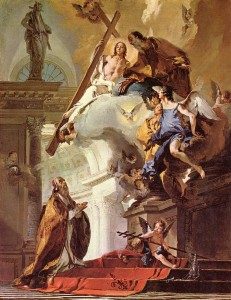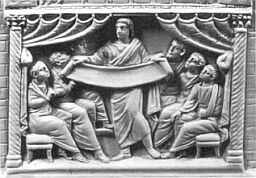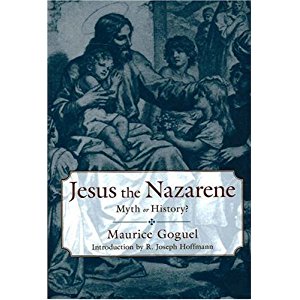
On my way to post something on the Old Testament again I met a strange idea in a very old book, one published in 1924 and with an introduction by the renowned if obsolete Sir James Frazer.
Now I happen to think the best explanation for the source of those miracles by Peter in the Book of Acts — those where he heals the paralyzed Aeneas and raises the deceased Dorcas — is that they were borrowed and adapted from the Gospel of Mark’s accounts of Jesus healing the paralyzed man and raising the daughter of Jairus.
But Paul-Louis Couchoud long-ago published an idea that had not crossed my mind before, or at least one I had quickly forgotten if it had.
To introduce this arresting idea Couchoud accepts as “very probable” the ancient rumour that circulated about Mark writing down from memory the things Peter had told him.
According to an Ephesian tradition dating from the early part of the second century, Mark had been the dragoman of Peter (whose only language was doubtless Aramaic); and Mark wrote down later from memory, but without omission or addition, all that he had heard from Peter about the oracles and miracles of the Messiah. This is very probable. Only one might suspect Peter’s conversation of having been revised under Paul’s influence. For if, in Mark’s Gospel, Peter and the Galilean Apostles are everywhere in the limelight, it is only to play the parts of totally unintelligent and cowardly persons, who are in striking contrast to the ideal figure of the Messiah. Yet, after all, Peter, with whom we are unacquainted, may have been capable of representing things in this piquant and modest manner. (p. 42)
I have a more literary take on the Gospel of Mark and see little reason to think of it as a collection of memoirs. But sometimes other ideas contain germs of concepts that may be developed in new directions.
But then Couchoud gets closer to his radical idea. Continue reading “Historical memory in the Gospel of Mark: a radical twist”





 In his
In his 
